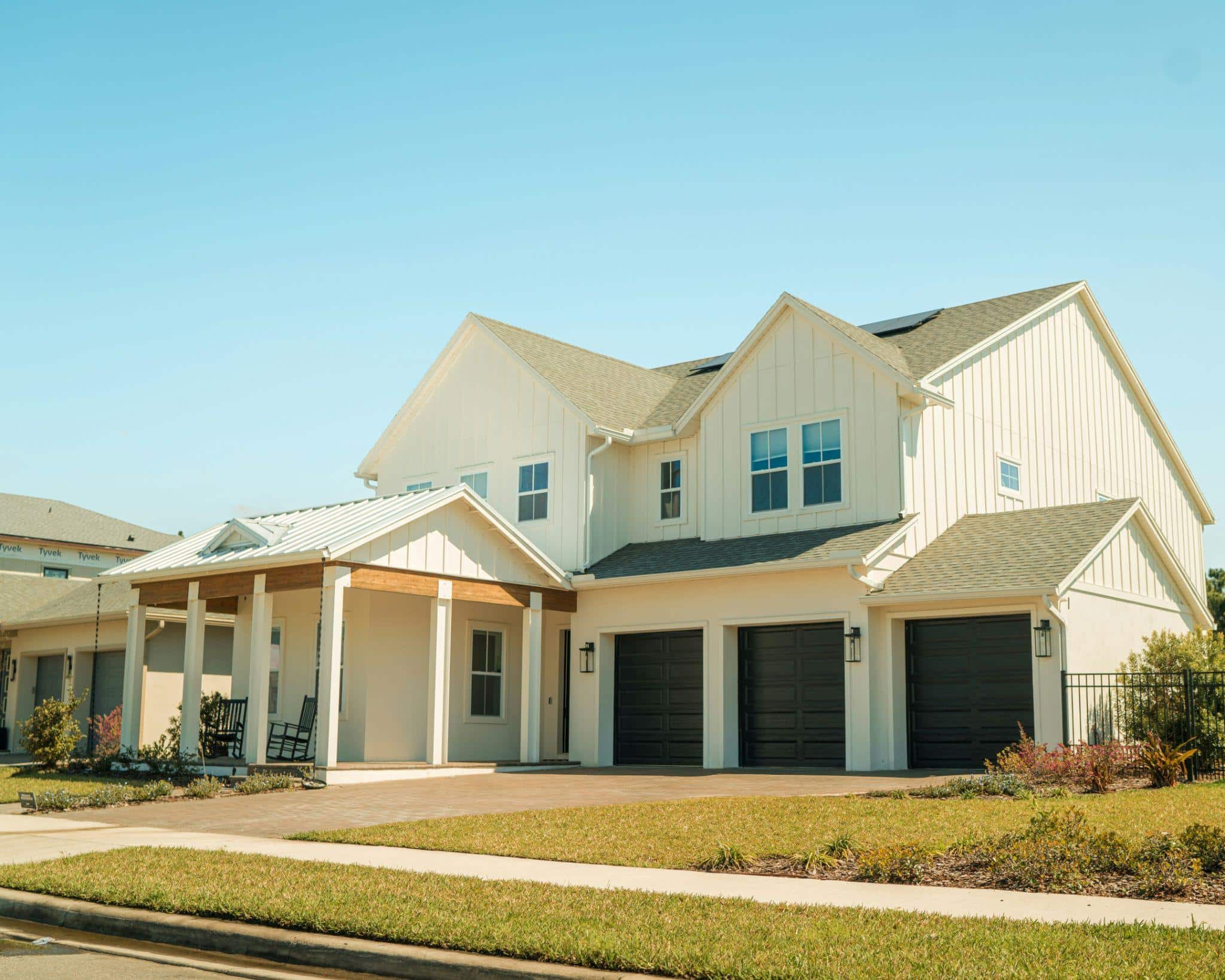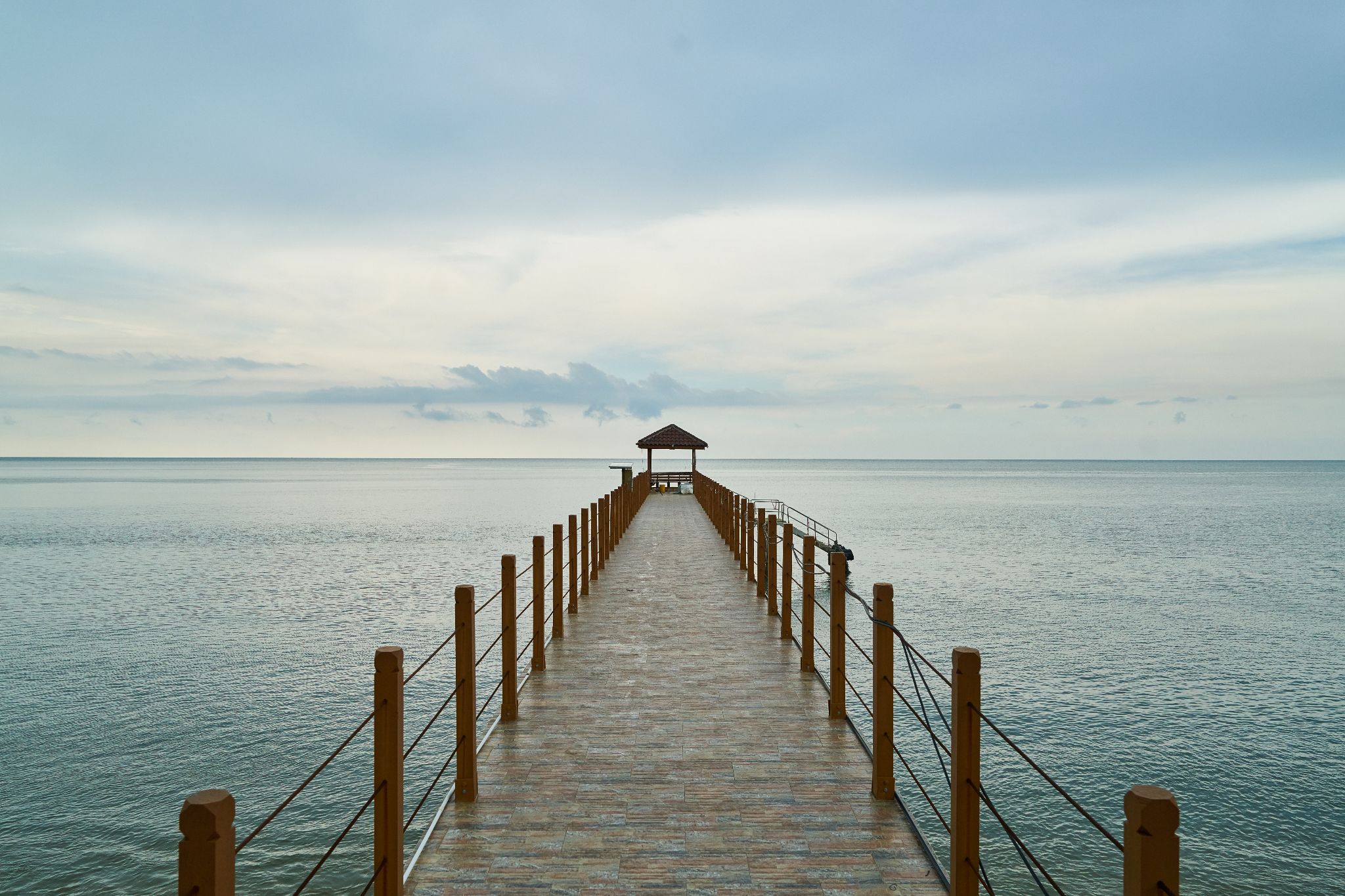As a paint color expert working with varied home styles, I see many clients debating between Sherwin-Williams’ Eider White and Repose Gray.
These two grays might seem alike at first look, but each brings different qualities to your walls.
Today, we’ll examine what makes each color stand out, how they work in different spaces, and which one might best suit your home.
I’ve tested these colors in hundreds of homes, and I’ll share clear facts to help you pick between these two popular shades.
Understanding Eider White
Eider White by Sherwin-Williams is a refined gray paint color with unique qualities. While it appears as a basic gray at first glance, this shade offers more depth—it’s a warm gray with specific traits.
Color Properties

The paint shows soft purple notes in its makeup, though these appear subtle rather than obvious. This understated quality makes it work well in various spaces while keeping its basic warm-gray look.
Light Effects
The paint reacts differently based on room lighting.
- In north-facing rooms: It takes on a cooler feel but keeps its purple notes.
- Natural daylight: Shows its warm-gray nature clearly
- Different times of day: Maintains steady color without major shifts
Color Comparisons
Looking at similar paints helps show what makes Eider White special.
Sherwin-Williams Incredible White
- It has more beige in its base
- Shows a light purple-pink note
- Works better in rooms needing extra warmth
Benjamin Moore Calm
- Also, a warm gray
- Very slight warmth
- It has similar purple notes
- It makes Eider White’s warm side clear when compared
Best White Trim Options
For trim and cabinets, the right white paint matters.
Top pick: Sherwin-Williams High Reflective White
- It makes Eider White look its best
- Creates a clean look
- Brings out the paint’s true color
Note: Warm whites are often used for trim, but they might not work well with Eider White. The paint looks better with clean, clear whites that let its natural warmth show through.
Understanding Repose Gray
Repose Gray from Sherwin-Williams offers a different take on gray paint. While many think it’s just a standard gray, it combines warmth with complex color notes.
Base Color Properties
- A warm gray that maintains its gray character
- Light Reflectance Value (LRV) of 58
- Sits in the lighter range but with enough depth to hold color in bright rooms
Complex Color Notes
The paint shows different sides.
- Soft purple that comes and goes
- Sometimes, it shows gentle green tints
- Can display blue tints (often due to room conditions)
Light and Room Effects
Different light changes how the paint looks.
North-Facing Rooms:
- It brings out cooler tones
- It makes gray more clear
- Keeps color stable
South/West-Facing Rooms:
- It stays true to its gray base
- It shows warmth without losing the gray quality
- Best for afternoon light
Similar Paint Options
Colonnade Gray (Sherwin-Williams):
- Shows more warmth
- Has extra depth
- Good for comparison
Agreeable Gray (Sherwin-Williams):
- It is a better choice if Repose feels too cool
- Leans toward warmer tones
- Helps show Repose’s gray level
Alpaca (Sherwin-Williams):
- Shows purple-pink notes
- Makes Repose’s green hints more clear
- It is good for seeing color shifts
White Paint Matches
High Reflective White (Sherwin-Williams)
- Top pick
- It lets Repose show its true nature
- Makes undertones clear
Pure White (Sherwin-Williams)
- Second choice
- Soft warm white
- It works well, but it is not as clear
Note: Avoid warm whites like Alabaster, which can look yellow next to Repose Gray.
Eider White vs. Repose Gray: Comparison Table
| Aspect | Eider White | Repose Gray |
|---|---|---|
| Base Characteristics | Simple gray with a warm tone and purple undertones | Warm gray with shifting undertones |
| LRV (Light Reflectance Value) | 73 (high reflectance, brighter appearance) | 58 (lower reflectance, deeper appearance) |
| Ideal For | Dimly lit spaces and small rooms, creates openness | Well-lit spaces, adds subtle depth |
| Color Undertones | Consistent purple undertones | Shifting undertones (purple, green, blue) |
| Color Behavior | Stable in various lighting conditions | More dynamic, changes with lighting |
| North-Facing Room Effects | It appears cooler but retains purple notes | It appears more gray, with less warmth |
| South-Facing Room Effects | Maintains warm base | Retains gray tone with subtle warmth |
| Recommended White Trim | High Reflective White for a crisp look | High Reflective White, Pure White |
| Avoid | Warm whites to prevent clashing with undertones | Very warm whites to avoid yellow tint |
| Small Spaces | It is a better choice due to the higher LRV | Can feel heavier |
| Bright Rooms | It may appear too light | Holds its depth well |
| Dark Rooms | Performs well, adds brightness | Requires good lighting to avoid dullness |
Best Use Cases for Each Color: Eider White and Repose Gray
| Type of Space | Eider White | Repose Gray |
|---|---|---|
| Living Areas | – Small living rooms needing more light | – Big living rooms with lots of light |
| – Sitting rooms with limited windows | – Open floor plans | |
| – Family rooms that need a light feel | – Well-lit family spaces | |
| Bedrooms | – Small main bedrooms | |
| – Guest rooms with few windows | ||
| – Children’s rooms need soft light | ||
| Work Spaces | – Home offices with less light | – Home offices with good light |
| – Study areas | – Craft rooms | |
| – Reading nooks | – Art studios | |
| Room Size Guide | Small Rooms | Large Rooms |
| – Pick Eider White | – Choose Repose Gray | |
| – Helps make walls seem far away | – Adds soft color without darkness | |
| – Makes ceilings look higher | – Keeps spaces from looking empty | |
| Light Level Tips | Low Light | Bright Light |
| – Use Eider White | – Try Repose Gray | |
| – Put in good light fixtures | – Stays true to color | |
| – Add mirrors for more light | – Won’t look washed out | |
| Mixed-Use Spaces | Kitchen and Dining | |
| – Good for small kitchens | – Better for big, open kitchens | |
| Hallways | ||
| – Perfect for narrow halls | – Works in wide halls with good light |
Summing Up
After working with Eider White and Repose Gray across many projects, I can say that success lies in matching the right color to your space.
Eider White shines in smaller or darker rooms, making them feel bigger and brighter. Repose Gray works magic in well-lit spaces, keeping its true color while adding subtle depth.
The key is testing samples in your space and watching how they change throughout the day. Take time with your choice – the right gray can turn a good room into a great one.
Remember, it’s not just about picking a color; it’s about creating the feel you want in your home.










One Comment
вавада зеркало: vavada – вавада